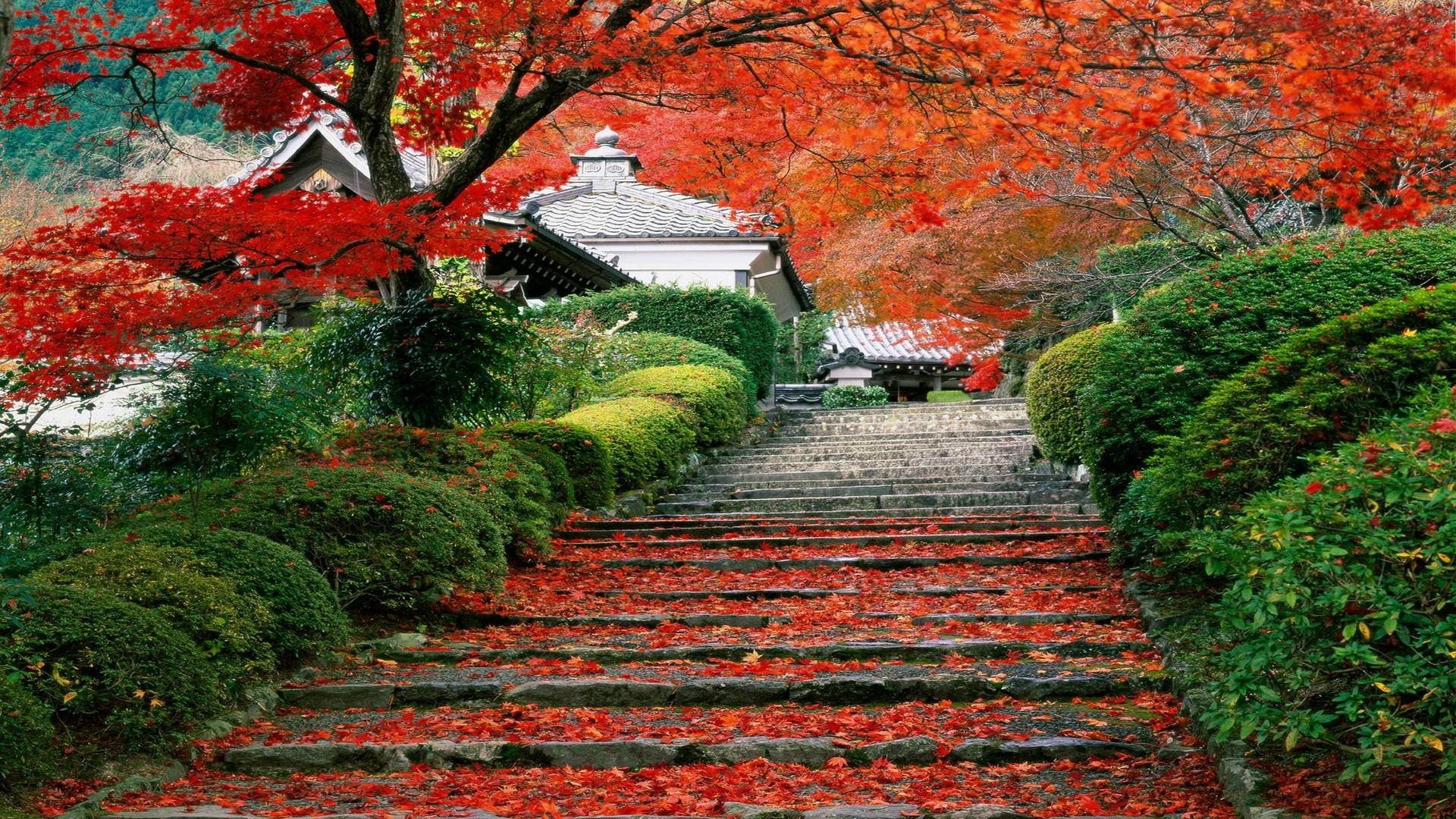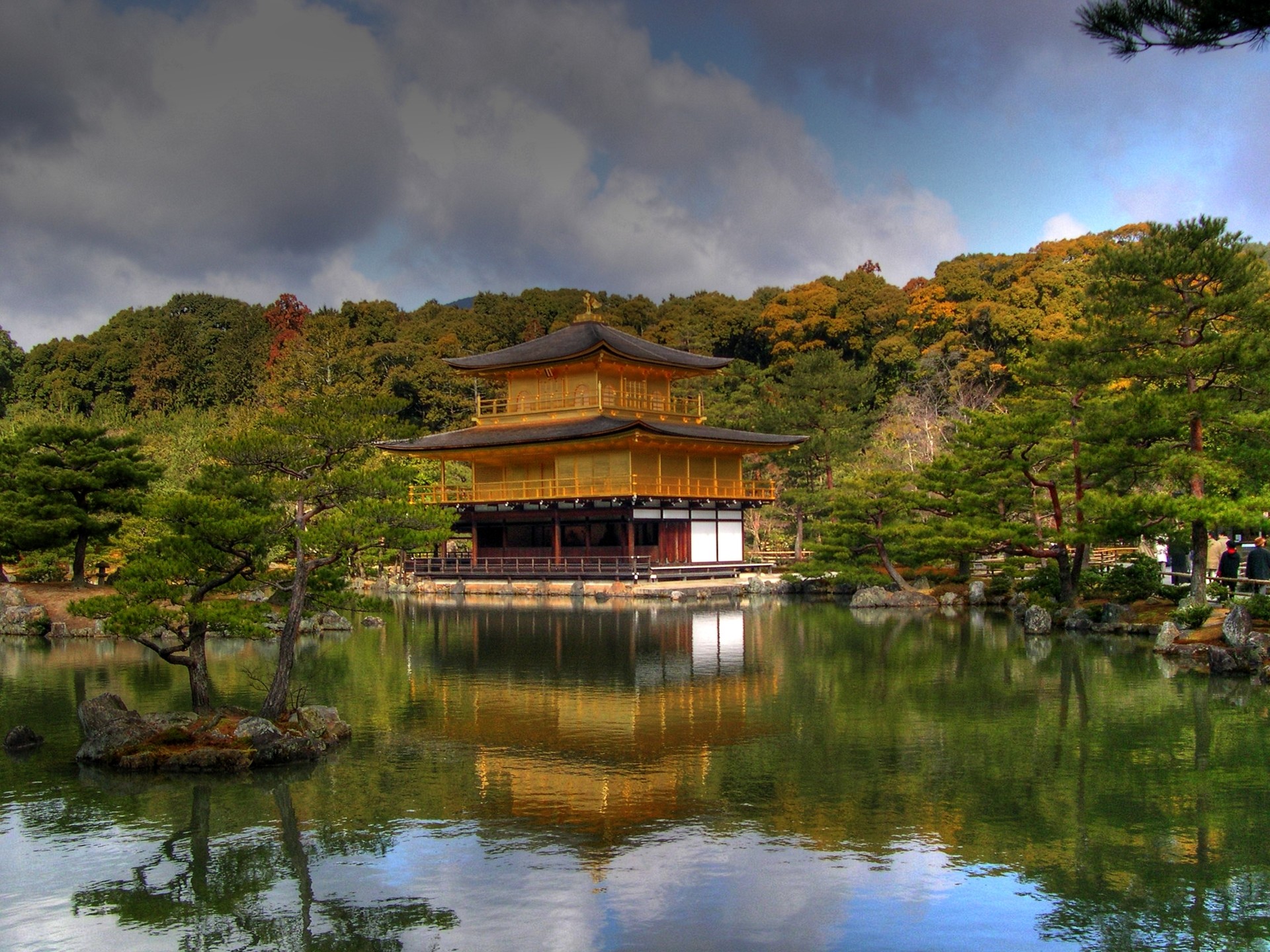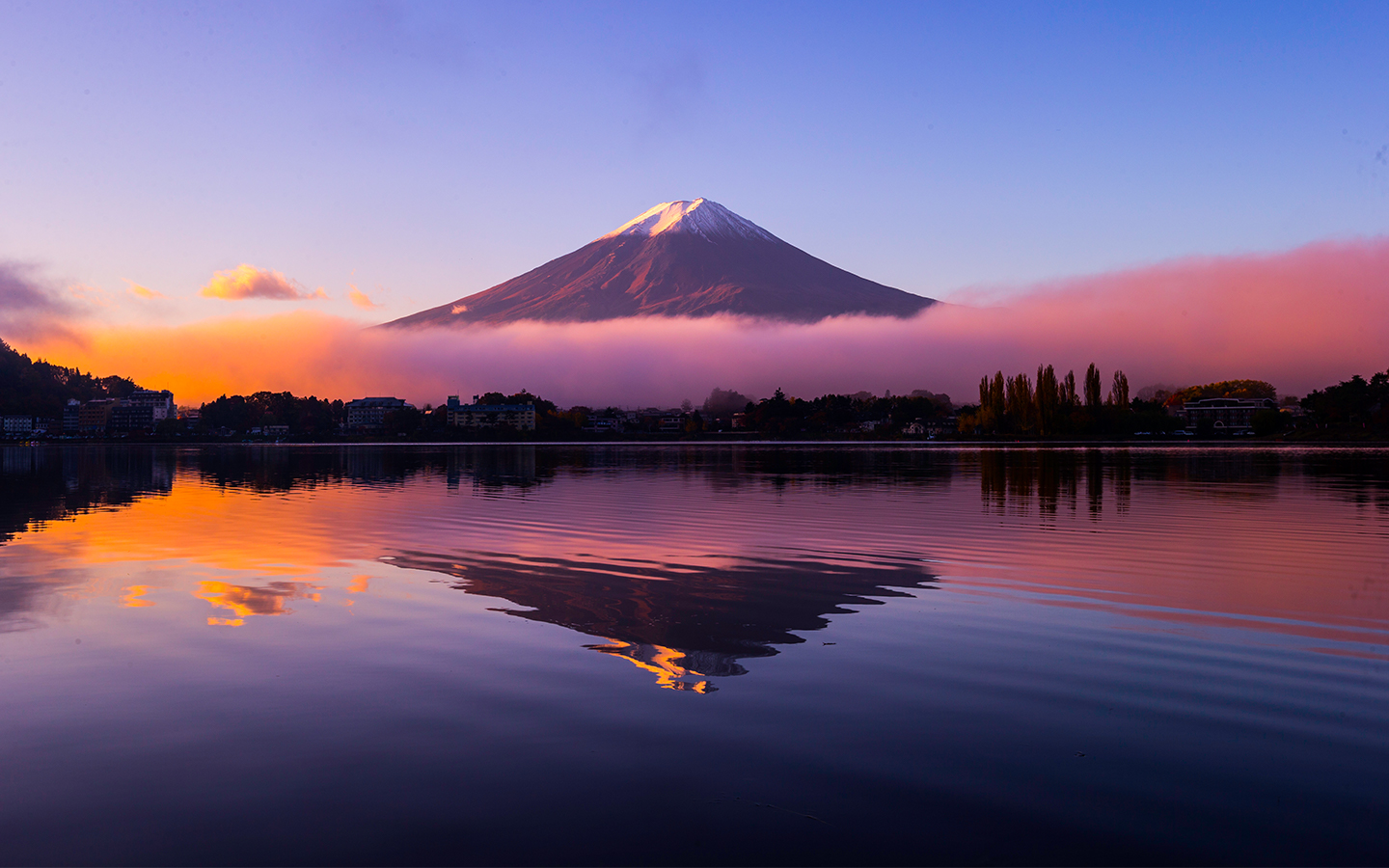
Shugakuin Imperial Villa #3 / Kyoto: in Jugetsukan Pavilion, the rain gutter made of bamboo stretches into the air, extending the architectural elements independently. The two components are adjacent to each other quite unexpectedly but without any sense of boundary, acquiring a sense of unity. The pond evokes an image of Shangri-La, while the porch of Kikugetsu-tei faces the water surface. Ritsurin Garden / Kagawa: the view of the Nan-ko pond from Kikugetsu-tei is truly fascinating. Koishikawa Korakuen Gardens / Tokyo: the abstract white exterior of Tokyo Dome and its incomparably huge scale, when captured as a shakkei from Koishikawa Korakuen Garden, becomes a piece of nature in itself, like a mountain. Experiencing this chaos is a major attraction of a visit to Japan,’ says Makoto Yamaguchi. There is a great divide between the modern and the traditional, and yet the mixing of these aspects can be seen everywhere. Or you might be drawn to traditional cultures, such as kimono and sushi, which may seem unrelated to such contemporary cultures. Nevertheless, if you are still interested in Japan, it may be due to manga, Akihabara, or kawaii culture. If you look closely, you may find that China and Korea look very bright-colored and vibrant, while Japan may seem a bit plain. You will be able to find information on each country, and they all will look very appealing. You might consider China, Korea, and Japan as your destination. ‘There may soon come a day when the pandemic settles down, and you become interested in traveling to East Asia. Here, Kogetsudai as a borrowed landscape can be seen from various spots, which is quite intriguing.

Higashiyama Jisho-ji Temple #1 / Kyoto: although the shakkei by definition must exist outside the garden, Kogetsudai as an artificial and abstract mountain is a shakkei that exists within the garden.

This in turn provides clues to understand Japanese culture, as the connection between tradition and modernity merge. The principle behind the captivating beauty in such gardens is what Makoto Yamaguchi refers to as ‘neighbouring materials,’ where diverse materials meet. However, as the mountain is far away, the value of the architecture becomes hazy. The project features a ‘borrowed’ view of Mount Hiei, an extremely important element of Kyoto culture. Some Japanese gardens are considered ‘shakkei (borrowed scenery) gardens,’ where one of the best examples is the Entsu-ji Temple built in 1678. The camera lens travels all over the country revealing that there is no real divide between modernity and tradition – the two are rather closely related. The two materials are quietly adjacent to each other. However, there is not necessarily a strong relationship between the garden and the distant scenery. As the lens captures the fascinating greenery, ‘neighboring textures’ start to appear, giving a deeper insight into different materials existing side by side.Įntsu-ji Temple / Kyoto: a masterpiece of a shakkei garden, uses Mount Hiei as its borrowed scenery. Their travels reveal shakkei – the borrowed scenery of the Japanese countries.

Makoto and kentaro travel the country to discover shakkeiĪrchitect and garden researcher Makoto Yamaguchiseeks to discover the hidden magic of Japanese culture and, together with photographer Kentaro Kumon, a new adventure begins. Thus they have become a new shakkei for the Hama-rikyu Gardens. (banner) Hama-rikyu Gardens / Tokyo: the skyscrapers that stand adjacent, yet unrelated, to the Japanese architecture masterpiece resemble an inorganic forest. In this relationship of irrelevance is a truly beautiful landscape. Although the tree’s existence is counter to the purpose of the pathway, it is not completely blocking but appears to exist independent of it.

(above) Betsugu of the Ise Inner Shrine, Takihara-no-Miya Shrine #2 / Mie: a large tree grows on the path leading to the shrine, obstructing the approach. As the camera captures the connection between the modern and the traditional, a new discovery begins to appear: different materials co-existing side by side. While visiting famous gardens all over the country, the two contemplate aspects of the local culture through the fascinating scenery. Architect Makoto Yamaguchi & photographer Kentaro Kumon capture japanese majestyĪrchitect Makoto Yamaguchi sets out on a journey with photographer Kentaro Kumon to discover the shakkei, or ‘borrowed scenery’, of Japanese landscape.


 0 kommentar(er)
0 kommentar(er)
